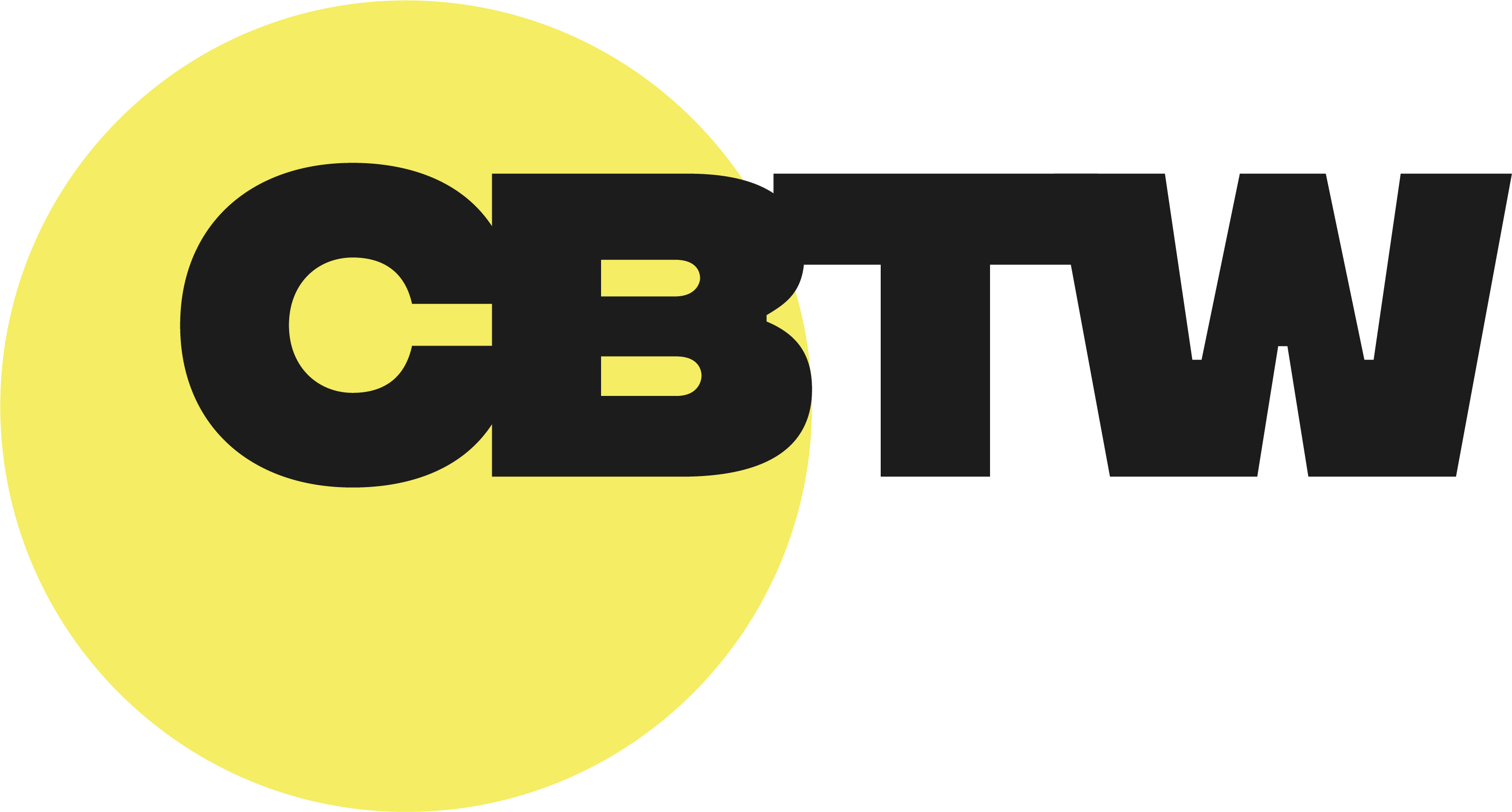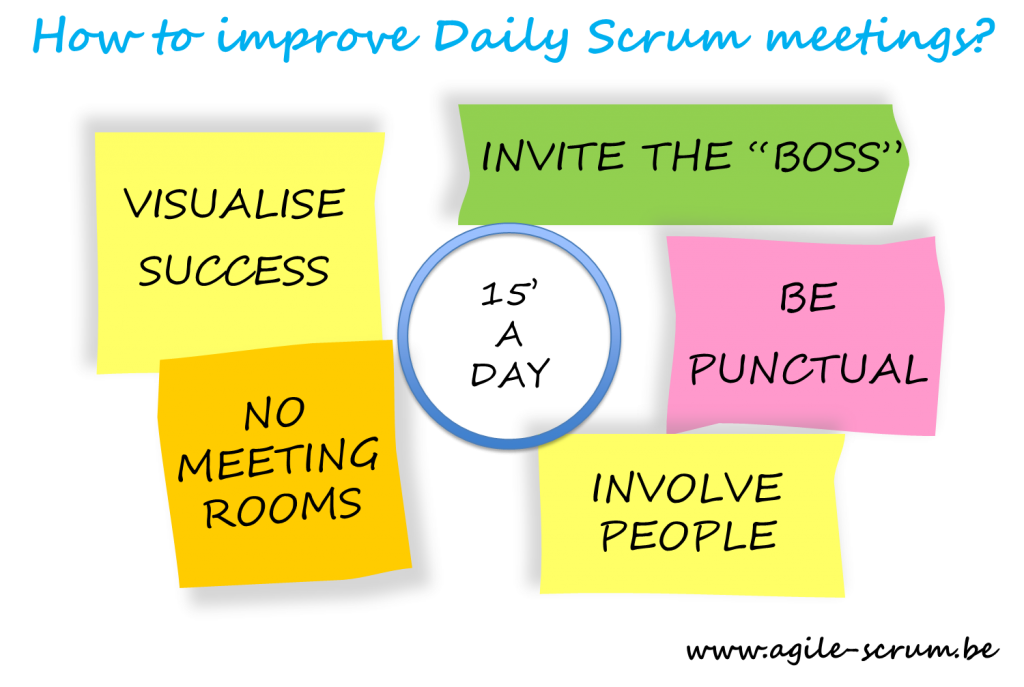
One of the hardest parts to maintain with Agile Project development is the Daily Scrum. Essentially, Daily Scrum meetings are daily sessions where the development team members organize themselves to get things done for the day and to review what happened yesterday. It’s for the team to know where they are in the sprint, to discuss the tasks and User Stories and for the Scrum Master to identify what obstacles have to be taken out of the way. It is usually best to organize it in the morning when it suits everyone. However, when working with remote teams with time differences, an afternoon Daily Scrum might be best appropriate.
But just like any part of the Agile Development methodology, the Daily Scrum can deteriorate and turn messy. Here are ways to make the most out of Daily Scrum meetings and avoid its misuse.
Make each team member complete and say there’s three statements
8 tips and tricks for the Daily Scrum
1. Stand up.
Since these meetings take only 15 minutes, it’s best to have the Daily Scrum standing up. This is to keep the urgency and energy level high throughout the session.
2. Stand around the task board.
Since what they’re discussing is right next to them, people don’t waste time and energy mentioning things or trying to remember what the sticky notes said. Since the material is right there, they can just point. Note that it is always better to use a physical task board. However, a digital task board can make the job just fine is no physical one is available.
3. Add another question.
Make sure everyone also answers the question, “How confident are you that you will get it done today?” While some members can say that they have no obstacles, they may not be confident that they can get the task done for the day. This helps them re-evaluate the presence of obstacles and makes the Scrum Master more aware of the whole situation.
4. Stick to the time box.
The time-box is short to maintain the high level of energy and keep the discussion valuable and intense. If you go beyond 15 minutes, this means that your team is not self-managing and actually looking to you for solutions when they should be flagging problems and organizing themselves for solutions. They should know that this means some things may be added to the product backlog or sprint backlog instead of standing around figuring solutions.
5. Don’t wait for people who lag behind.
When people see that the Scrum Master waits for the whole team to be present, it makes them think that the meeting can’t start without them. But if you start without them and hold them accountable for everything they missed, it gives everyone an incentive to attend on time. Timing is important, and don’t be afraid to respect it.
6. Eliminate distractions.
This means that the participants in the meeting don’t fiddle with their phones, look at email and drop the coding. Enforce some rules so that the team members get used to giving their full attention to the discussions and to build respect within the team.
7. Problems should be solved after the Daily Scrum.
There can be other meetings for the day or within the week. Keep the flagging of problems restricted to the 15 minute time box and the solutions to the 16th minute or other meetings. When the team sees the need to talk more, this is just part of their self-management.
8. Say thank you.
The little bits of motivation and rewards through appreciation during Daily Scrum when everyone is there can boost everyone’s morale. It makes the other members realize they can depend on each other and gives recognition to the person who tries to help out.
Discover our trainings in :
English:
Français



